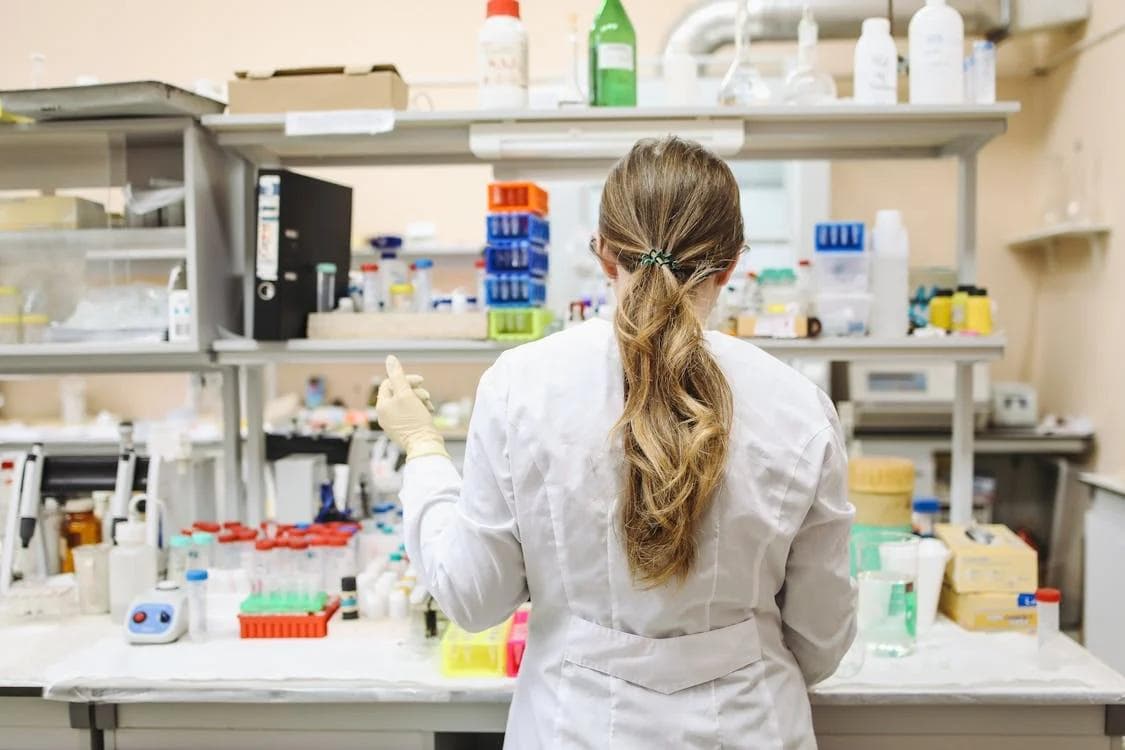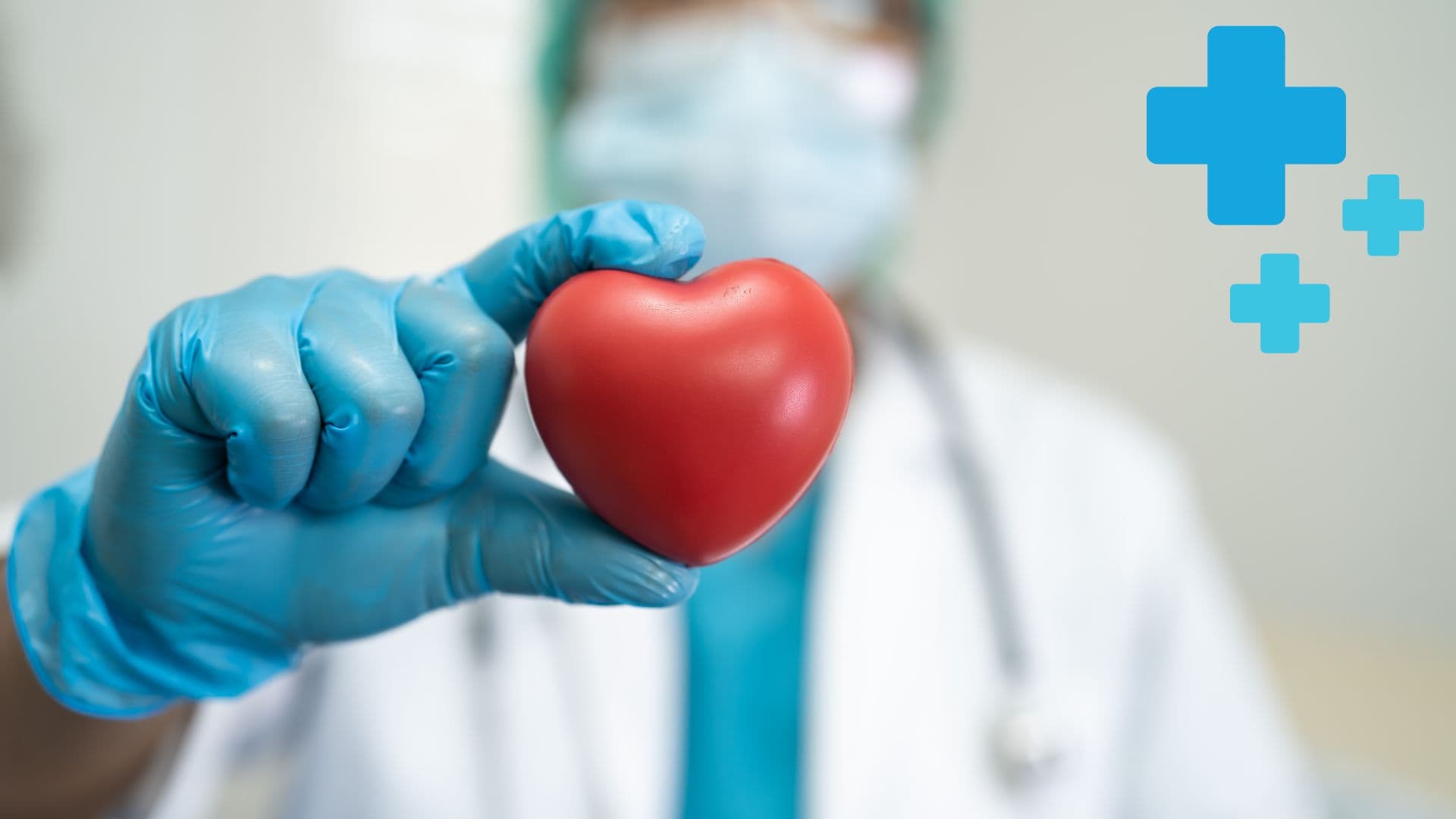
Becoming a licensed pharmacist is a journey that promises fulfillment, challenge, and the opportunity to make a meaningful impact on people’s lives. Choosing this career path means becoming an expert in medication who ensures patients receive the right drugs, understand how to use them safely, and avoid harmful interactions. In this guide, we’ll break down the path to becoming a pharmacist, from understanding the profession to navigating educational requirements and exploring different career opportunities.

Becoming a pharmacist requires a comprehensive understanding of pharmacology, including the mechanisms of action, interactions, and adverse effects of various medications. Pharmacists must also possess knowledge of pharmacy law, ethics, and regulations to ensure the safe and legal dispensing of medications. Their expertise in these areas enables pharmacists to provide accurate medication counseling, optimize treatment plans, and contribute to patient safety and well-being.
Pharmacists work in various settings, including retail pharmacies, hospitals, and clinics. In addition to interacting with patients over the counter, dispensing prescriptions and providing dosage instructions, pharmacists also manage inventory, conduct health screenings, administer vaccinations, and collaborate with physicians and other healthcare professionals to optimize medication therapy and promote patient education.
Taking advanced placement (AP) courses in subjects like chemistry or biology while in highschool can help prepare you for the rigors of pharmacy school while contributing to your bachelor’s degree requirements. Taking an AP exam and scoring well can grant you college credit or advanced placement in relevant courses, however; each college has its own policy, so you’ll need to send your official AP score report to the colleges you’re interested in for them to evaluate your credits.
Volunteering or interning at a hospital or other healthcare setting is another great way to prepare for a successful career as pharmacist. These roles provide practical, first-hand experience and can enhance your resume, expand your professional network, and boost your competitiveness when applying to pharmacy school or seeking employment in the field.
Interns often have the opportunity to assist with projects, conduct experiments, analyze data, and learn about drug development processes under the guidance of experienced professionals. These internships may involve working in research and development, regulatory affairs, quality control, or marketing departments of pharmaceutical companies. To find a good pharmaceutical internship, students can start with job databases like LinkedIn. You can also research pharmaceutical companies online to see their internship programs or browse the career sections on their websites.

In many countries, including the United States, a bachelor’s degree is not required to become a pharmacist. However, completion of prerequisite coursework and entry into a Doctor of Pharmacy (Pharm.D. or PharmD) program is necessary.
Many Pharm.D. programs offer combined degree options, allowing students to earn both their bachelor’s and Pharm.D. degrees concurrently, while others may require completion of a certain number of undergraduate credits before admission. Though not mandatory, a bachelor’s degree in biology, chemistry, or a pre-pharmacy program can strengthen your application to Pharm.D. programs.
The Pharm.D. program is the primary educational pathway to becoming a pharmacist. It typically takes four years to complete which consists of a combination of classroom instruction and hands-on clinical rotations in real pharmacy settings. By the end of the program, you will have earned your Doctor of Pharmacy (PharmD) degree and completed comprehensive training in pharmacology, medicinal chemistry, pharmacy law, patient care, and healthcare management.
Admission to Pharm.D. programs is competitive and often requires prerequisite coursework, standardized test scores (such as the PCAT), letters of recommendation, and a personal statement. To find the requirements for admission to Pharm.D. programs, look into individual pharmacy schools’ websites or contact their admissions offices directly.
While not always mandatory, many pharmacists choose to complete a residency program after graduation. These one to two-year programs provide focused training in a specific pharmacy area, such as oncology, pediatrics, or geriatrics. Residencies can enhance your expertise and open doors to specialized career opportunities. However, there are various pathways for pharmaceutical specialization.
After gaining experience, you can also pursue Pharmacotherapy Specialty Certifications (BCPS) in areas like psychiatric pharmacy or nuclear pharmacy. These certifications, administered by the Board of Pharmacy Specialties, validate a pharmacist’s advanced knowledge and may lead to higher earning potential in specialized areas of pharmacy practice.

The North American Pharmacist Licensure Examination (NAPLEX) is a standardized exam that assesses a pharmacist’s general practice knowledge and ability to ensure medication safety and effectiveness. Licensure is mandatory for practicing pharmacists and requires passing the (NAPLEX) along with state-specific pharmacy law exams.To maintain licensure, pharmacists must fulfill continuing education requirements, staying updated on the latest advancements, regulations, and best practices in the field.
State pharmacy boards typically mandate a certain number of continuing education credits for license renewal. These credits can be obtained through various programs offered by professional organizations, online platforms, and conferences. These programs address advancements in areas like drug interactions and medication management for specific diseases.
The demand for pharmacists is expected to grow in the coming years! With your PharmD degree, you can explore various career paths in retail pharmacies, hospitals, specialty clinics, pharmaceutical companies, academia, and government agencies.
Being aware of the different potential career paths available allows pharmacists to find the role that aligns with their interests, strengths, and professional goals. For example, community pharmacist is the most traditional role and entails working in retail pharmacies like CVS or Walgreens, dispensing medications and counseling patients. On the other hand, a hospital pharmacist works within hospitals, monitoring patients for adverse effects and collaborating with staff to ensure they receive the right medications at the correct dosages.
There are plenty of other pharmacist career paths including clinical research pharmacists who conduct clinical trials to test the safety and effectiveness of new medications. Additionally, academic pharmacists work in colleges or universities, where they teach pharmacy students, conduct research, and contribute to the advancement of pharmacy practice and education. These are just some of the many potential career paths you can explore with your Pharm.D. Degree.

Networking with fellow pharmacists, healthcare professionals, and industry stakeholders is essential for career growth and advancement. The American Pharmacists Association (APhA), is one organization for pharmaceutical professionals that provides access to webinars on emerging drug therapies, practice management resources, and legislative updates impacting pharmacy practice. Engaging in professional organizations such as the APhA, attending conferences, and staying informed about industry trends and developments ensures that pharmacists remain at the forefront of their field.
If you’re interested in a career that blends science, problem-solving, and helping others, then becoming a pharmacist might be the perfect path for you! The role is indispensable to the healthcare field, contributing to better medication adherence and overall public health, and remains in-demand across the United States. By following the above steps and staying passionate about patient care, you can successfully launch and maintain a rewarding career as a pharmacist.

This video explains the changes seen in cardiac cycle tracings in valvular heart diseases. You can learn key features to help you differentiate normal from abnormal tracings in specific valvular disorders.

Becoming a pharmacy technician is an excellent choice for those interested in an accessible, lucrative career path within the healthcare field. Acquiring a pharmacy technician certification will allow you to outshine competitors and enhance your chances of obtaining your ideal position within the pharmaceutical industry. In order to earn a Certified Pharmacy Technician (CPhT) credential, …

In this video Sujata explains the pathophysiology, diagnosis and management of pneumothorax. It is a high yield concept for all steps of the USMLE. Pneumothorax is of four different types and management is guided by the type and severity.